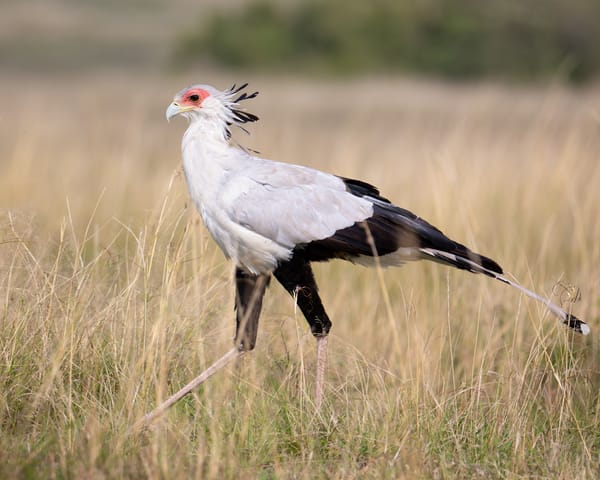Birdwatching Travel Guide to Western Pennsylvania

Introduction
Western Pennsylvania offers a rich tapestry of landscapes, from rolling hills and dense forests to wetlands and rivers, making it a prime destination for birdwatchers. This guide will help you explore the best birding spots in the region, the diverse avian species you can expect to see, and practical tips for an unforgettable birdwatching adventure.
Top Birding Locations
1. Presque Isle State Park
- Location: Erie, PA
- Description: This peninsula on Lake Erie is a hotspot for migratory birds, especially during spring and fall. It features a variety of habitats including sandy beaches, marshes, and woodlands.
- Birds to See: Warblers, waterfowl, shorebirds, raptors, and the occasional rarity like the Piping Plover.
- Best Time to Visit: Spring and fall migrations
2. Moraine State Park
- Location: Portersville, PA
- Description: With its large lake, wetlands, and mixed forests, Moraine State Park is a great spot for birdwatchers year-round.
- Birds to See: Ospreys, Bald Eagles, waterfowl, and a variety of songbirds.
- Best Time to Visit: Late spring to early fall
3. Cook Forest State Park
- Location: Cooksburg, PA
- Description: Known for its old-growth forests and scenic Clarion River, Cook Forest offers a serene birdwatching experience.
- Birds to See: Woodpeckers, warblers, thrushes, and owls.
- Best Time to Visit: Spring and summer
4. Powdermill Nature Reserve
- Location: Rector, PA
- Description: This biological research station managed by the Carnegie Museum of Natural History is renowned for its bird banding program and diverse habitats.
- Birds to See: Songbirds, raptors, and various seasonal migrants.
- Best Time to Visit: Year-round, with a focus on spring and fall migrations
5. Pymatuning State Park
- Location: Jamestown, PA
- Description: Situated on the border with Ohio, this park features the Pymatuning Reservoir, which attracts a variety of waterbirds and shorebirds.
- Birds to See: Bald Eagles, waterfowl, herons, and Sandhill Cranes.
- Best Time to Visit: Spring and fall
Practical Tips
1. When to Go
- Spring (March to May): Best for witnessing the migration of warblers, thrushes, and other songbirds.
- Summer (June to August): Great for resident birds and nesting activities.
- Fall (September to November): Ideal for waterfowl and raptor migration.
- Winter (December to February): Offers a chance to see winter finches, owls, and resident raptors.
2. What to Bring
- Binoculars: Essential for spotting birds at a distance.
- Field Guide: A regional bird guide can help with identification.
- Camera: For capturing memorable bird sightings.
- Comfortable Clothing: Dress in layers and wear sturdy footwear.
- Notebook and Pen: For jotting down observations.
- Snacks and Water: Keep yourself hydrated and energized.
3. Birdwatching Etiquette
- Respect Wildlife: Maintain a safe distance from birds and their habitats.
- Stay Quiet: Minimize noise to avoid startling birds.
- Leave No Trace: Carry out all trash and avoid disturbing the natural environment.
- Use Established Trails: Stick to paths to protect fragile habitats.
Species to Look Out For
- Songbirds: Warblers, thrushes, vireos, and sparrows.
- Waterfowl: Ducks, geese, swans, and grebes.
- Raptors: Bald Eagles, Ospreys, hawks, and owls.
- Shorebirds: Sandpipers, plovers, and herons.
- Woodpeckers: Pileated, Red-bellied, and Downy Woodpeckers.
Local Birding Resources
- Western Pennsylvania Conservancy: Offers information on local birding spots and conservation efforts.
- Audubon Society of Western Pennsylvania: Provides birding programs, events, and resources for enthusiasts of all levels.
- Carnegie Museum of Natural History: Hosts birding workshops and has a research station at Powdermill Nature Reserve.
Conclusion
Western Pennsylvania is a birdwatcher's paradise, with its diverse habitats and rich avian life. Whether you're a seasoned birder or just starting out, this region offers ample opportunities to observe and enjoy birds in their natural settings. Pack your binoculars, grab your field guide, and embark on a birding adventure that you won't soon forget. Happy birdwatching!
4o


